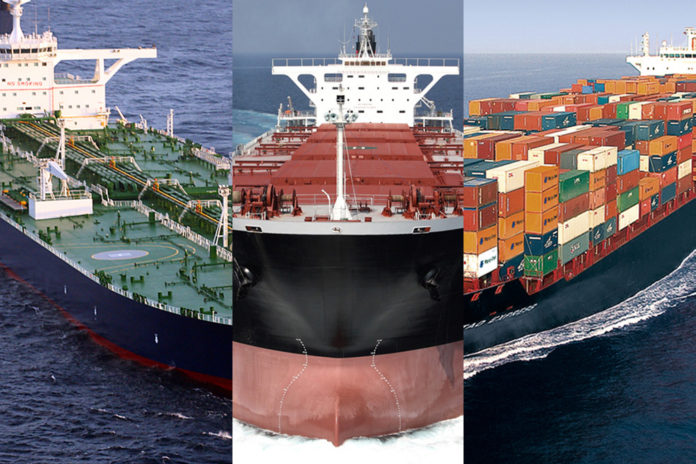
Specialist operators see brisk demand from fresh and frozen trades, with time charter levels beating those of last year. By Michael Hollmann
The early part of 2020 [ds_preview]will be remembered for unprecedented congestion and delays for reefer containers which carry the products we all put on our dining tables. Many thousands of boxes were stuck in China’s ports or in transhipment hubs or they even got returned to their origins in Latin America.
Specialist reefer ships came to the rescue in many cases to haul produce they had long given up to container lines. They did so at very attractive rates. Although the pandemic still rages, 2021 so far is different than 2020. Disruptions to logistics are not as severe as last year. Yet port congestion worldwide remains considerable, causing another shortage of reefer containers just when the world needs them most. Once more it seems to lend a boost to specialized reefers after a long period of poor returns and dwindling market share.
Spot time charter rates for larger vessels (over 450,000 cbft) jumped to 110–115 US-Cents per cbft per month in early March compared with just 80–85 Cents one year ago, according to research firm Sopisco. The shortage of specialized reefer tonnage and of reefer containers is such that export activity of leading banana supplier Ecuador gets hampered, Sopisco warned. »[Seasonal] grape, banana and squid trades have slashed the availability of vessels in excess of 400,000 cbft capacity«, reported Irish Shipbrokers who raised their ISB Seafield Reefer Index by 6 % to 1,102 points during February (+2 % y-o-y). An abundant squid catch in the South Atlantic, a shift of Russian Far East herring cargoes from containers to conventional and the nascent blue whiting season on the Faroes have kept adding fire to the reefer market at a time when the southern hemisphere fruit season kicks in, Irish Shipbrokers advised. »Especially Chile has been active and we have a lot of vessels in that trade system. We are basically sold out«, said a chartering executive of a leading operator.
Expectations are also high for the important New Zealand kiwi export season that has just begun. Marketing co-operative Zespri projects an increase of its shipping programme from 49 to 57 reefer charter trips, complemented by 18,000 containers, to lift a record-breaking crop of 700,000 t. It has secured the latest tonnage for its first shipments including the »Kakariki« (12,313 dwt, blt. 2021) of Fresh Carriers (to Japan/Korea) and the jumbo reefer »Cool Eagle« (23,169 dwt, blt. 2021) of Baltic Shipping/Cool Carriers for a trip from Tauranga to Zeebrugge.
Alastair Hulbert, Chief Global Supply Officer at Zespri, points out that the group gains increased flexibility from an additional 47,500 pallets of specialized reefer capacity in the face of port and container congestion. A further boost to reefer demand could be around the corner, as analyst Sopisco explains: »More tonnage is required for the southern hemisphere citrus season, starting in Argentina around week 12/13 and in South Africa with shipments to Europe and Russia around week 14/15.« The Citrus Growers Association of Southern Africa (CGA) forecasts a record 158.7 million cartons to be shipped this year – +22 % in just 2 years. It already expressed concerns about looming logistics bottlenecks, citing »significant vessel delays, shortage of containers, congestion and poor productivity in Cape Town port« during the ongoing table grape season. ■



















